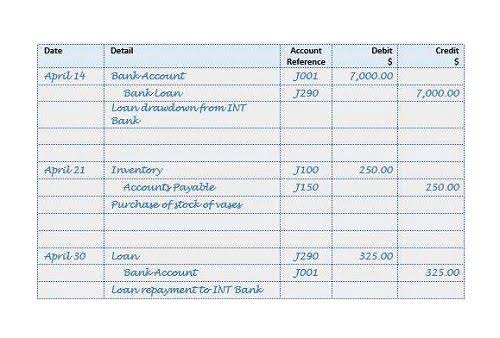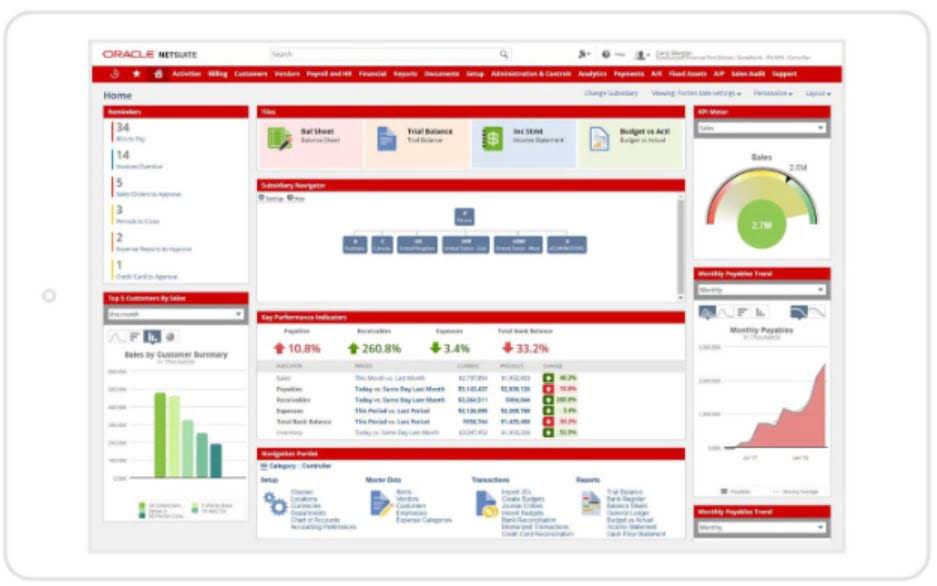
Our comprehensive suite includes Collections Management, Cash Application, Deductions Management, Electronic Invoicing, Credit Cloud, and dotOne Analytics, enhancing the efficiency of your team and optimizing workflows. If you’re new to the world of finance or business, the concept of an operating cycle might seem a bit puzzling. You might have noticed that businesses talk about their operating cycle differently, depending on their industry or size, adding to the confusion. The following table shows the data for calculation of the operating cycle of Apple Inc for the financial year ended on September 29, 2018. Mitigate credit risk, reduce bad debt, and streamline customer onboarding with AI-powered insights. The operating cycle is equal to the sum of DIO and DSO, which comes out to 150 days in our modeling exercise.
- A comparison of a company’s cash cycle to its competitors can be helpful to determine if the company is operating normally vis-à-vis other players in the industry.
- By carefully controlling your inventory, you can reduce carrying costs, minimize the risk of obsolescence, and ensure that you have the right products available to meet customer demand.
- To reduce your DSO, focus on efficient accounts receivable practices, including clear credit policies, prompt invoicing, automated reminders, regular reconciliation, and offering early payment incentives.
- In this guide, we’ll unravel the intricacies of the operating cycle, shedding light on its crucial role in financial management.
- On the other hand, if the figure obtained is more than what it should be, the businesses are found to be inefficient and lagging behind competitors.
How to improve the operating cycle?
- Days Sales of Inventory (DSI) is a crucial metric that measures how quickly your company turns its inventory into sales.
- Issues like production delays, excess stock, or lenient credit terms can all contribute to a longer cycle, affecting cash flow.
- Managing your operating cycle efficiently often requires the right tools and software to streamline processes, monitor key performance indicators, and make informed decisions.
- So, from the above-given data, we will first calculate the Inventory Period (days) of Apple Inc.
- The first step is to calculate DIO by dividing the average inventory balance by the current period COGS and then multiplying it by 365.
- Besides, a shorter cycle also indicates that the company will be able to recover its investment fast and has adequate cash to meet its business obligations.
Integration between these tools can enhance your ability to manage and optimize operating cycle your operating cycle effectively. Regularly reviewing and updating your tools can ensure that you have the most current solutions to support your financial management efforts. A low DSI suggests that your company is efficiently managing inventory and selling products quickly. This can lead to improved cash flow, reduced carrying costs, and minimized risk of inventory obsolescence.

Forrester Recognizes HighRadius in The AR Invoice Automation Landscape Report, Q1 2023
Conversely, a high DSI may indicate that you have excessive inventory on hand or that products are not selling as expected. It is essential to understand the concept of the operating cycle formula as it helps to assess how efficiently a company is operating. An analyst would prefer a shorter cycle because it indicates that the business is efficient and successful. Besides, a shorter cycle also indicates that the company will be able to recover its investment fast and has adequate cash to meet its business obligations. Monitoring these KPIs regularly and taking action to improve them can lead to a more efficient operating cycle, improved cash flow, and enhanced financial performance for your business.
Learn More more about HighRadius’s Accounts Receivable Software
- To improve your DSI, consider implementing inventory optimization techniques, such as demand forecasting, JIT inventory management, and safety stock management, as discussed earlier in this guide.
- The cash inflow and outflow with respect to the inventory moving in and out becomes easier to observe when the operating cycle is known.
- Conceptually, the operating cycle measures the time it takes a company to purchase inventory, sell the finished inventory, and collect cash from customers who paid on credit.
- We’ll explore the formula and its basic concepts, as well as provide practical examples to help you grasp this critical aspect of your business.
The Operating Cycle tracks the number of days between the initial date of inventory purchase and the receipt of cash payment from customer credit purchases. Let us take the example of Apple Inc. to calculate the operating cycle for the financial year ended on September 29, 2018. The following table shows the data for calculation of the operating cycle of company XYZ for the financial year ended on March 31, 20XX. If the operating cycle shows less number of days, it shows the business is on the right track. On the other hand, if the figure gross vs net obtained is more than what it should be, the businesses are found to be inefficient and lagging behind competitors.
- The operating cycle, often referred to as the cash conversion cycle, is a fundamental concept in financial management.
- Accelerate payment recovery from delinquent customers and boost cash flow through automated collection workflows.
- The operating cycle is equal to the sum of DIO and DSO, which comes out to 150 days in our modeling exercise.
- It represents the time it takes for a business to convert its investments in inventory and other resources into cash through sales and accounts receivable collection.
- This can lead to cash shortages, making it challenging to pay bills, cover operating expenses, or seize new opportunities.
- If the operating cycle shows less number of days, it shows the business is on the right track.
- To gain a deeper understanding of how operating cycle management can impact businesses, let’s explore a couple of real-world examples and case studies that highlight the significance of this financial concept.
Inventory Optimization Techniques

CFI is the global institution behind the financial modeling and valuation analyst FMVA® Designation. CFI is on a mission to enable anyone to be a great financial analyst and have a great career path. In order to help you advance your career, CFI has compiled many resources to assist you along the path. Let’s dive deeper into practical applications and examples to illustrate how the operating cycle formula works. HighRadius provides a powerful, cloud-based Order to Cash solution designed to automate and streamline your financial operations.

Also, comparing a company’s current operating cycle to its previous year can help conclude whether its operations are on the path of improvement or not. A shorter cycle indicates that a company is able to recover its inventory investment quickly and possesses enough cash to meet obligations. Effective integration between accounting and inventory management software ensures seamless data flow and allows you to make informed decisions to optimize your operating cycle. Managing your accounts payable efficiently is equally important in optimizing your operating cycle. By extending payment terms without straining vendor relationships, you can retain cash for a longer duration.

By implementing these best practices, you can significantly law firm chart of accounts reduce your Days Sales Outstanding (DSO) and expedite the cash collection process, thereby shortening your operating cycle and enhancing your financial stability. Accounts receivable management is a critical aspect of your operating cycle, focusing on ensuring that your customers pay you promptly for the goods or services you’ve provided. Delays in receiving payments can significantly extend your operating cycle, impacting your cash flow and overall financial health. By implementing these inventory management strategies, you can effectively control your inventory and contribute to a shorter operating cycle.



